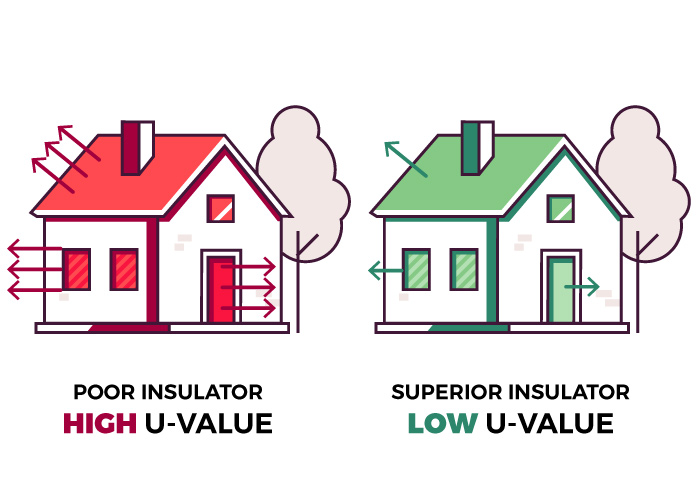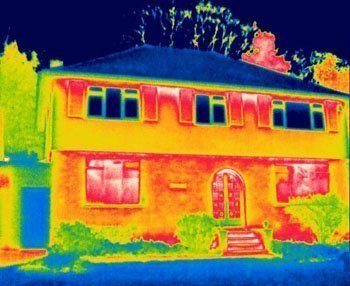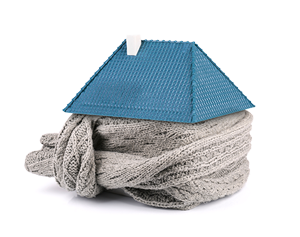Lower U-values will make a huge difference to your home warmth, comfort and heating bills
U-values measure how effective a material is as an insulator. The lower the U-value, the less heat is lost and the more insulation the material provides.
Many Irish homes have inefficient glass that allows valuable heat to escape at a faster rate than other materials. U-values help indicate the massive difference in heat-retention between our Low-E-Plus2™ heat-retaining glass and poor materials, like single glazing or old double glazing (see the table below).


Low-E-Plus2™ has TWO heat-retaining low-e coatings that stop heat escaping, meaning a lower U-value
Low-E-Plus 2™ has two heat-retaining coatings (just like triple glazing). They reflect interior heat back into the home and also keep the cold out. It has a U-value of 0.9 W/m2K , this means you enjoy a warmer, more comfortable home and your heating bills are reduced. Click here for more information on our Low-E-Plus range of glass.
Compare U-values
The table below shows the U-values of the various materials used in a building. Of all these materials, glass is the poorest insulator. You can see that more heat is lost through windows than the same area of wall. See how Low-E-Plus2 reduced u-values by as much as 80%.

| U-VALUE* | MATERIAL |
|
|
|
|
|
|
|
|
|
|
|
|
|
|
|
|
|
|
|
|
|
|
|
|
|
|
|
|
*Note: The U-value for glazing will be determined by the thickness of the cavity (i.e. the gap between the two panes of glass)
Energlaze Home Energy Upgrades has improved the warmth and comfort of homes all over Ireland. The SEAI do not offer grants for glazing upgrades or new windows unless they are part off a full retrofit using the SEAI One Stop Shop scheme — Energlaze is a registered SEAI installer. Book a free consultation today and get expert advice and a free no-obligation quotation.






